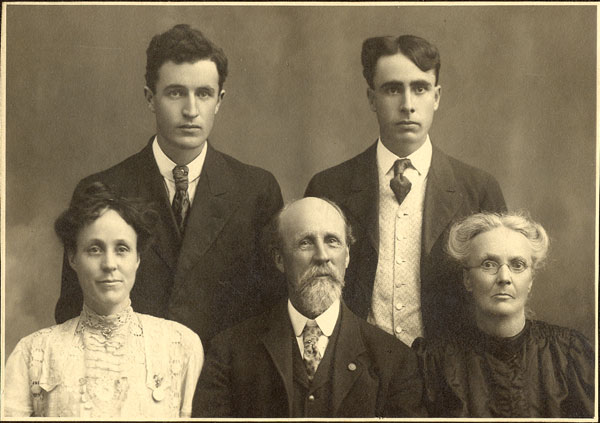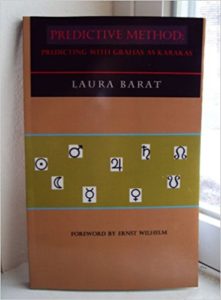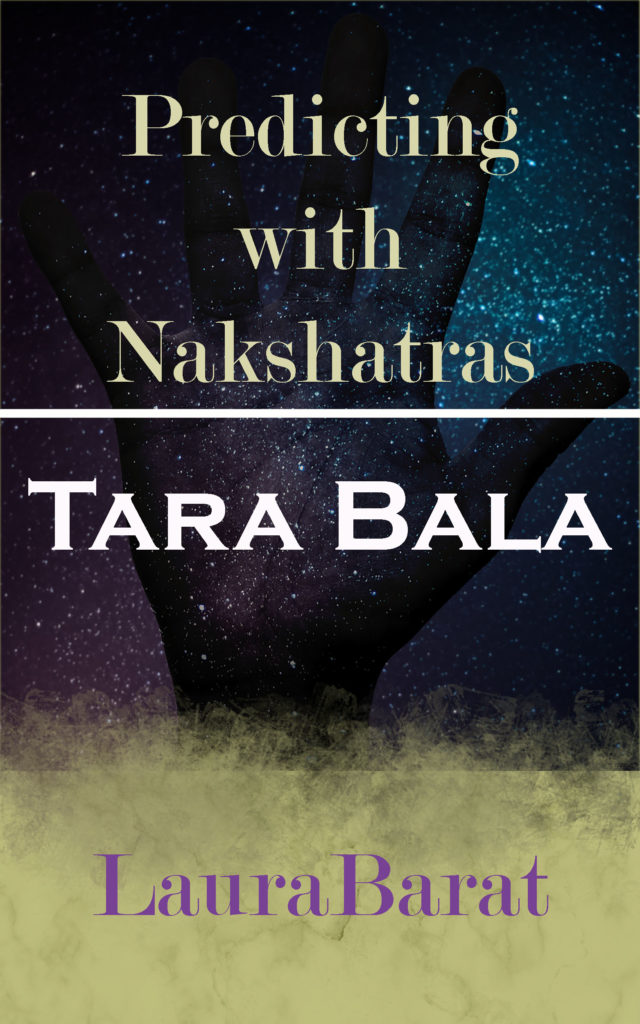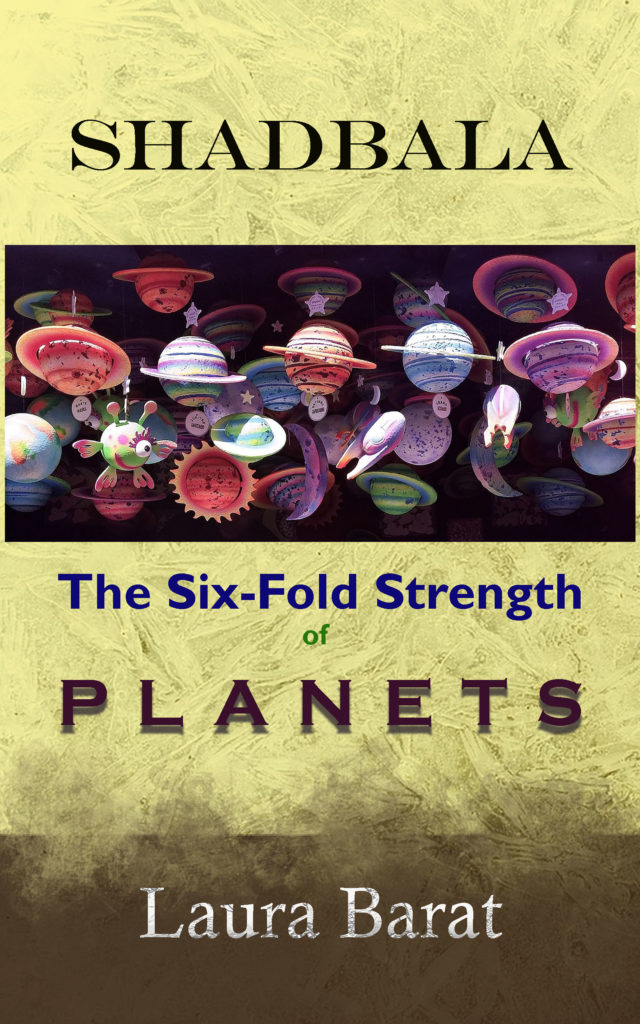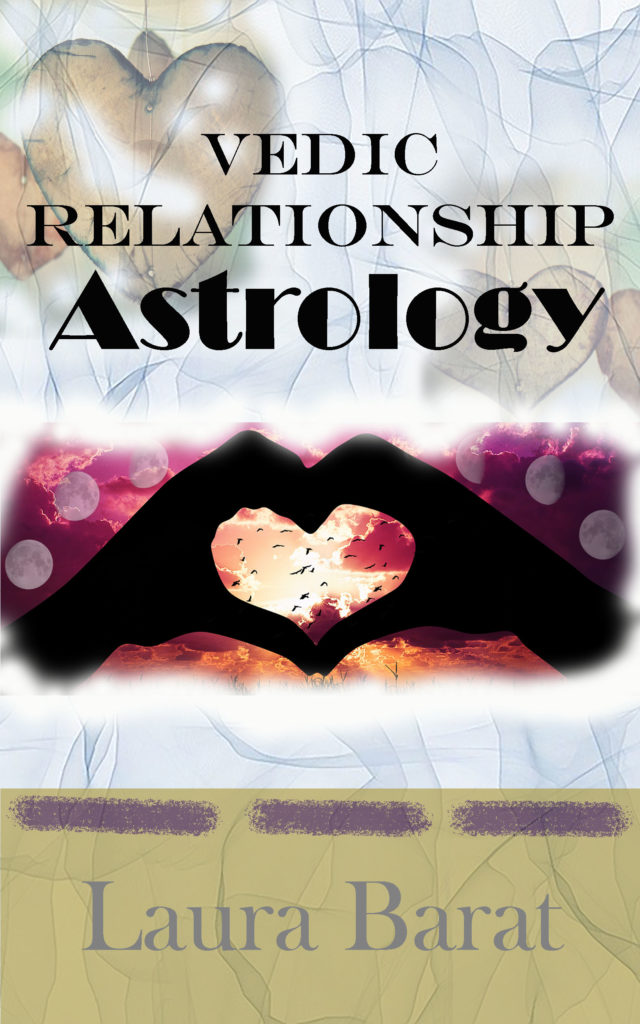In the old texts, the Dwadasamsa or D12 is referred to as the second most important of all the Vargas. It is extensively used in Prasna as well. The most important modification to the Birth Chart is the Dwadasamsa. The Dwadasamsa needs to be examined for everything. It is a powerful Varga for all effects and is important to understand because the Zodiac has twelve Signs and each Sign is divided into twelve parts, so each Sign covers all the Signs in the Dwadasamsa.
Parasara instructs us to analyze the parents from this Harmonic but it reveals a lot more than that. The Dwadasamsa is the effects upon our life from our ancestral karmas from the previous seven generations. All humans possess a karmic debt to their ancestors.
The Dwadasamsa shows what we inherit through our genes and that is why it is considered a massive modification of the Birth Chart. It is every bit as important as the Rasi Chart. Its evaluation is needed for our personality traits and any events that come into our lives unexpectedly and undeservedly. All of the karmas of our ancestors influence who we are and what happens in our lives.
A child owes a debt to the ancestors for creating and managing the family. The Dwadasamsa shows the ancestral karma that impacts our life now. If we had noble ancestors who followed their dharma, we will have a life filled with events that help our evolution.
If the ancestors did not follow their dharma and were more concerned with satiating egotistic appetites, we will reap some of that difficult karma through unexpected and undeserved situations.
The Dwadasamsa reveals the parental influences and how our parents raised us. We also want to examine every house cusp in this Harmonic to understand how our ancestral karma is impacting those areas. If the Second House is well-disposed, the ancestral karma around that house will benefit us and provide the material resources we need.
The Sign of the Ascendant in the Dwadasamsa will mark our personality, especially if the Lord of that Sign is strong in the Birth Chart.
How to Calculate
Each Sign starts with its own Sign and count twelve sections of 2.5 degrees.
Important Houses and Planets
The Dwadasamsa is the Twelfth Varga but Eighth Varga that Parasara describes. The eighth planet is Rahu and Rahu is the same as Ketu. Ketu represents the strongest ancestral influences in our life. Ketu has a strong relationship with the Twelfth House because it is the signification of liberation. Rahu indicates the ancestral karmas we need to improve upon. Everywhere we are weak is due to our ancestral influences which is seen through Rahu. For example, weak-mindedness is Rahu with the Moon. It is our duty to improve that weak-mindedness of the ancestors if Rahu is with the Moon in the D12. Rahu relates to the Sixth House, to work the situation to make it better.
If Ketu is well-disposed, our DNA and ancestral karmas aid us in building a happy and productive life. It is the opposite if Ketu is afflicted.
If Rahu is favorable, the person excels at improving the undeveloped qualities and abilities of ancestors.
To understand in more detail how Rahu and Ketu impact your life, it is important to study them in the Dwadasamsa.
The natural Karaka for the Mother, the Moon and the natural Karaka for the father, the Sun, can also be examined in the D12 to gain insight to the happiness derived from their roles as care-giver and socializer.
The Twelfth house cusp is the most important in the Dwadasamsa. The Twelfth House is our past before we were born including ancestral karmas, past-lives and the astral state between incarnations. We were born from our past and we were born from our parents. The past we come from is not just our parents but also our ancestors from seven generations back.
When the Twelfth House is well-disposed in the Dwadasamsa, it shows our past and ancestral lineage has been productive and evolutionary. If the Twelfth House is afflicted, it reveals the opposite.
The Twelfth House is the gain of our last desire. Do we get it or not? It is crucial to fulfill the last desire if we are to reach liberation.
An ill-disposed Twelfth House in the Dwadasamsa causes a lot of unforeseen problems. When people are always complaining that something is going wrong, look for a harmed Twelfth House in the Dwadasamsa.
When we square twelve, the result equals 144 and when we add up these numbers (1+4+4), it equals nine. The ancestral karmas result in the parents we have (Ninth House). The Ninth House is the cultural influence of both the mother and father. The Ninth House represents the parents raising the child as a pair. For those who were raised by a single mother or father, the Ninth House would be afflicted, revealing a lack where one of the parents was not present.
The Tenth House represents the father as an individual and the Fourth House, the mother as an individual.
Adding up all the numbers in number twelve equals six revealing that the Sixth House plays a major role in the analysis of the Dwadasamsa. The struggle for survival is the Sixth House. A lot of life is competition, battling it out for resources. The modern world shields us quite a bit from the struggle for survival. The shortage of resources in nature is the Sixth House. The battle to win and not have a shortage is the Eighth House. The result of this battle, whether you or the opposition acquires more, is the Twelfth House. A beneficial Twelfth House shows we will acquire more than the opposition because the Twelfth House is the “result of the enemies’ actions against us”.
The Sixth House is opposite the Twelfth House which indicates our debts and doing work without the expectation of reward (karma yoga). The Sixth House indicates conscientious hard work and effort regardless of hereditary influences. It is where we improve upon our ancestral karma. By improving upon our genetic gifts, we burn the ancestral karma.
Another important house cusp is the third because of the numerological indications (1+2=3). The Third House denotes siblings, associates, co-workers, teammates and neighbors. The Third House indicates how we use our will-power to manifest what is in our consciousness. Do we use our will-power in a harmonious way or a self-centered way?
Dwadasamsa Deities
Ganesha
Ganesha rules the first, fifth and ninth Dwadasamsas. Ganesha is considered to be the Remover of Obstacles. However, he is not the Remover of Obstacles but the Creator of Obstacles and Lord of Beginnings. Because of this, we are meant to propitiate him anytime we begin something new. If we do not say this prayer, he puts obstacles in our path. He represents the creative power of the ancestors to bring something new into our lives. Do we inherit good fate that will produce for us or fate that will cause problems?
On a deeper level, Ganesha represents the Om vibration. Elephants communicate with extremely low frequency sounds that humans cannot hear. The goal of a lot of meditations is to hear the OM sound within oneself. The Om sound is the primordial vibration that is the vibratory creator of everything. The foundation of everything is the word of God, the Om vibration.
If planets or house cusps are ill-disposed in the Dwadasamsa and ruled by Ganesha, they represent new things we would rather not have. They are too much responsibility or destructive and do not work out in a satisfying, fulfilling way.
Ashwins
Divine horsemen, son of Surya. They rule the second, sixth and tenth Dwadasamsas. They are Deities of healing and giving assistance in wonderful ways. Planets in these Dwadasamsas give us possessions, relationships and situations that we are able to maintain remarkably. This is the ancestral karma that helps us maintain and enjoy the things we do have and to which we have a strong link.
If planets or house cusps are ill-disposed in the Dwadasamsa and ruled by the Ashwins, this represents those things we need help with but cannot get help with, so we suffer the decay of those things rather than their preservation.
Yama
Yama is the God of Death because he was the first man to die. He leads souls to the appropriate place in the astral. He rules the third, seventh and eleventh Dwadasamsas. He is the power of limits, restraint and letting go. He gives the ability to let things go whose time has come. We must exert discipline and control over any planets or house cusps ruled by Yama.
If a planet or house cusp is afflicted in the Dwadasamsa then letting go is very painful and there is an inability to control things that makes them productive.
Another name for Yama is Dharmaaj or “Lord of Dharma”. Planets here know that their dharma has been fulfilled and because they have fulfilled their dharma, there is no fear of death and we can let go of those indications pertaining to that planet.
Yama represents significations our ancestors were finishing, they made the best of them then did not need them anymore and which we, in this lifetime, will be letting go of in order to embrace other things. We let an aspect of that planet go to make room for another aspect of that planet.
Hayagriva
Rules the fourth, eighth and twelfth Dwadasamsas. The horse-headed incarnation of Vishnu. He is a deity of knowledge and wisdom but also of power because of the horse head. He represents what our ancestors understood and benefitted from, so we are able to have better karma with those indications.
If afflicted, the inherited intelligence about something is simply wrong and destructive. The ancestors did not understand the planet and neither do we. It is what our ancestors did not have but for which they longed.

